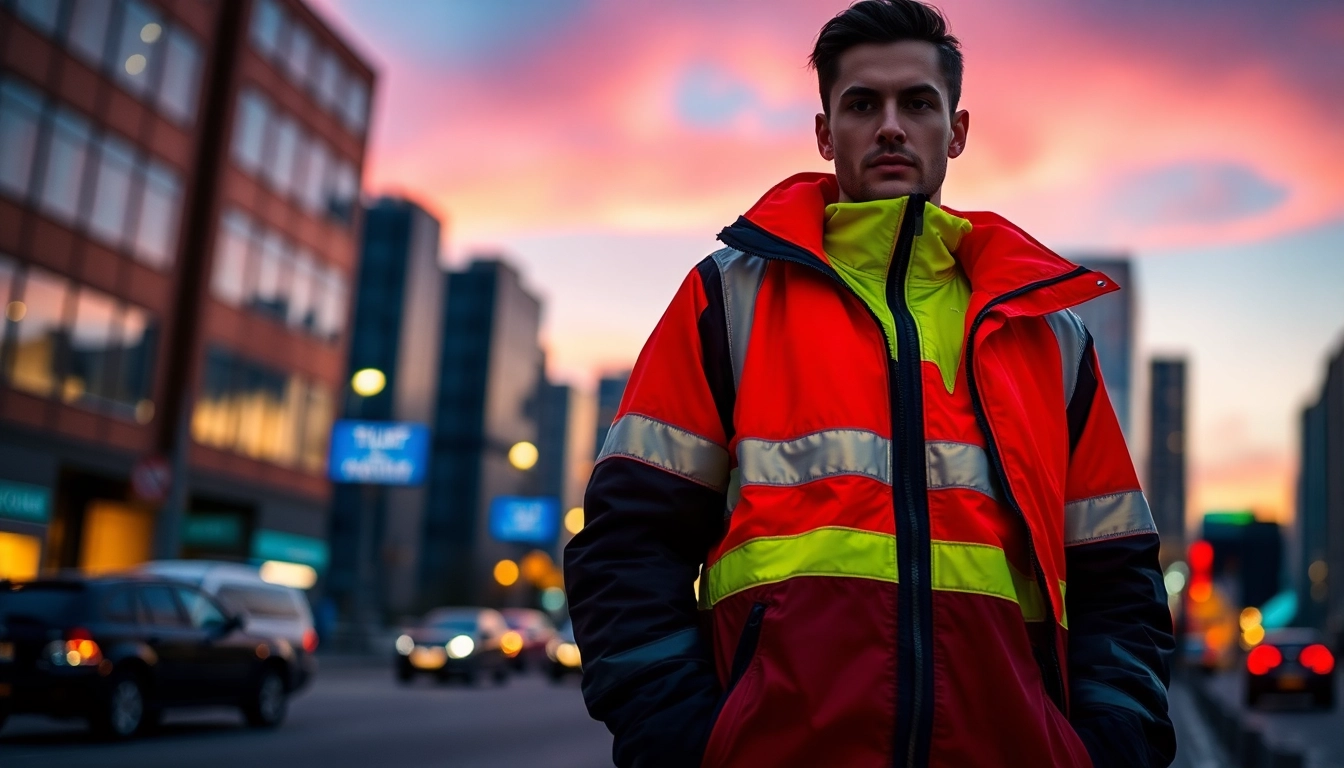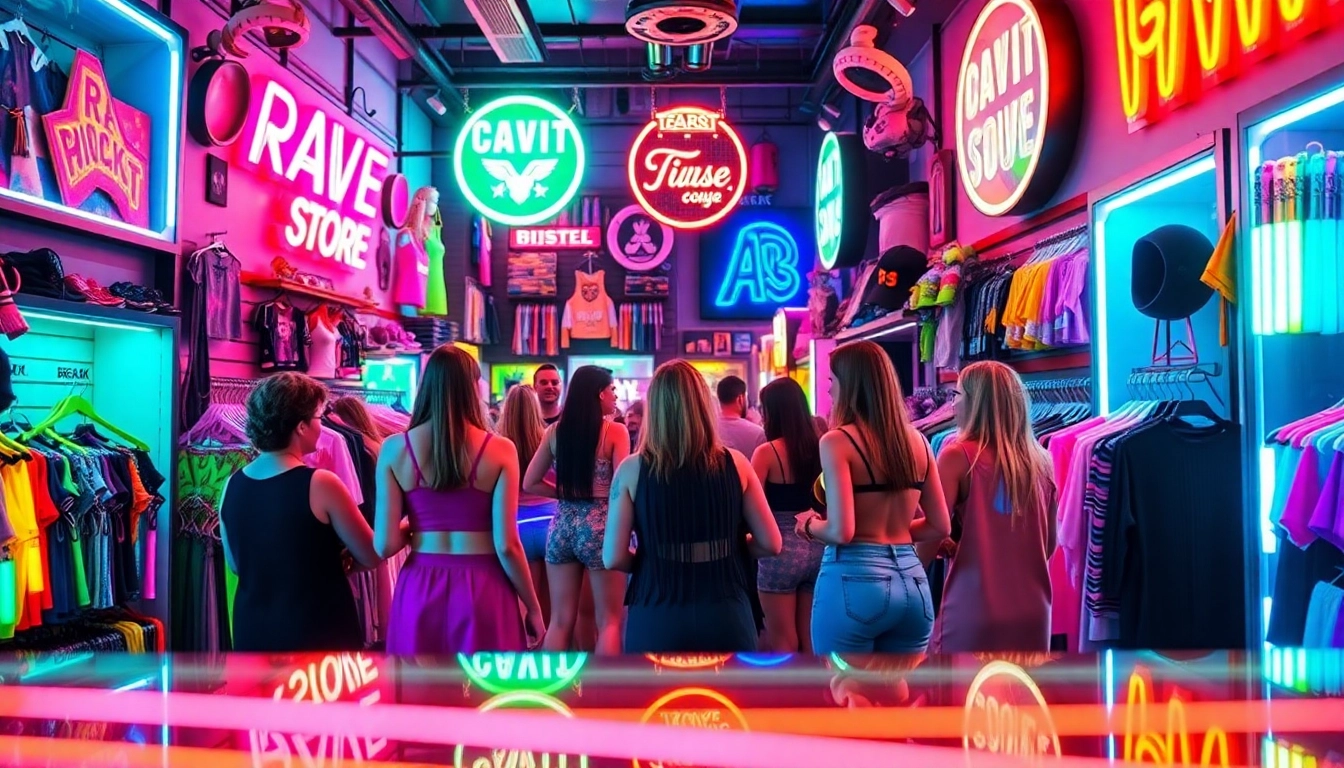
Importance of Reflector Jackets in Safety
In an increasingly unpredictable world where visibility can mean the difference between safety and danger, the significance of reflector jackets cannot be overstated. These garments are integral to workplace safety across various industries, particularly for outdoor laborers, emergency responders, and cyclists. They serve as essential protective gear designed to make users visible in low-light conditions, thus reducing the risk of accidents.
Why Visibility Matters
Visibility plays a crucial role in ensuring the safety of individuals who operate in environments where they may be at risk. Whether it’s on construction sites, during outdoor events, or traversing busy urban streets, a reflective jacket enhances visibility significantly. Studies have shown that high-visibility clothing can reduce the likelihood of accidents by up to 50%. The human eye can detect contrasting colors more easily; therefore, the use of bright colors combined with reflective elements ensures that wearers are seen even in poor light conditions.
Regulatory Standards for Reflector Jackets
In many countries, reflector jackets are subject to strict regulations aimed at ensuring worker safety. Organizations such as the American National Standards Institute (ANSI) and the International Organization for Standardization (ISO) have established guidelines specifying the minimum standards for high-visibility apparel. These regulations cover aspects such as the type and placement of reflective materials, the prominence of colors, and the general design of the jackets. For instance, ANSI-rated reflective jackets are classified into different performance classes based on the environment in which they are intended to be used, ensuring that individuals are protected effectively.
Common Uses and Applications
Reflector jackets are utilized in numerous settings, including:
- Construction Sites: Where heavy machinery and moving vehicles pose a risk to workers.
- Traffic Control: For flaggers or road construction crews working near active traffic lanes.
- Cyclists and Pedestrians: To increase visibility during evening or nighttime road usage.
- Emergency Services: Such as police, firefighters, and paramedics, who operate in visibility-challenging situations.
Key Features of High-Quality Reflector Jackets
Materials and Construction
When selecting a reflector jacket, the materials used in its construction are paramount. High-quality jackets incorporate durable fabric blended with lightweight materials that offer breathability and stretch for comfort. Look for jackets made from high-denier polyester, which withstands harsh weather while providing durability. Additionally, reinforced stitching enhances the integrity of the seams, ensuring that the jacket withstands strenuous movement.
Types of Reflective Tape and Design
The effectiveness of a reflector jacket is heavily influenced by the design and type of reflective tape used. Common materials include 3M Scotchlite™ and other retroreflective materials that reflect light back to its source. Strategically placed tape across the torso, shoulders, and sleeves maximizes visibility from multiple angles. Advanced designs also incorporate glow-in-the-dark features for heightened visibility in complete darkness.
Weather Resistance and Comfort
Reflector jackets serve multiple functions including protection against the elements. Ensure the jacket is not only reflective but also weather-resistant, providing waterproof or windproof capabilities without sacrificing breathability. Features such as mesh linings for ventilation, adjustable cuffs, and hoods can dramatically enhance comfort throughout varied weather conditions.
Choosing the Right Reflector Jackets for Different Environments
Outdoor Use and All-Weather Options
For outdoor workers who may face changing weather conditions, purchasing an all-weather reflector jacket is essential. These jackets often feature layered designs with removable insulation and waterproof shells. For example, a jacket that combines reflective outer layers with thermal insulation can provide warmth on chilly days while offering high visibility consistently. Look for models that include additional features such as zippers and vents for customizable airflow.
Urban vs. Rural Safety Needs
Safety needs can vary significantly between urban and rural environments. In urban settings, workers might need jackets with subtle designs that enhance visibility without looking out of place in a trendy cityscape. Conversely, rural workers may benefit from jackets with more robust visibility features due to a lack of street lighting and higher reliance on personal safety. Understanding the context of use will guide the selection of appropriate reflective clothing.
Specialized Jackets for Specific Professions
Certain professions require specific features from their reflective jackets. For instance, cyclists may need jackets that have longer back hems for full coverage while riding, or emergency responders may require multifunctional pockets for carrying equipment. By tailoring the jacket selection to specific job requirements, one can ensure unparalleled safety and functionality.
Caring for Your Reflector Jackets
Washing and Maintenance Tips
To maintain the integrity and effectiveness of reflector jackets, proper care is crucial. Always follow the manufacturer’s care instructions but generally, it is advised to wash reflective jackets in cold water on a gentle cycle. Avoid bleach as it can degrade reflective materials. Air drying is preferable to preserve the jacket’s shape and reflective properties. Regular maintenance and cleaning can ensure the longevity of these jackets, keeping them bright and effective.
Storage Solutions for Longevity
Proper storage of reflector jackets is essential to prolong their lifespan. They should be kept in a dry, cool place away from direct sunlight that can fade colors over time. Hanging them on padded hangers ensures they maintain their shape, while avoiding folding can prevent creases that might impair reflectivity.
Signs It’s Time for a Replacement
Reflector jackets have a lifespan that depends on the materials, usage, and care. Signs that it might be time to replace your jacket include visible wear or tear such as fraying seams, faded reflective tape, or fabric deterioration. Regularly inspect your jackets for these indicators to guarantee that you are always wearing protective, effective gear.
Trends in Reflector Jackets Design
Fashion vs. Functionality in Today’s Market
As safety gear becomes more ubiquitous, the balance between fashion and functionality has gained significant attention. Many manufacturers are now prioritizing stylish designs that do not compromise on safety. The market features jackets in various colors and modern cuts that appeal to both the aesthetics of users and their safety needs. This evolution ensures that safety does not mean sacrificing style.
Personalization and Branding Opportunities
Reflector jackets also offer opportunities for personalization and branding. Companies can utilize these jackets as part of their uniform while reinforcing brand identity through logo placements. Customization can enhance team spirit while ensuring person-specific visibility is maintained in work environments.
Innovations in Reflective Technology
Innovative technologies continue to drive advancements in the design and effectiveness of reflector jackets. Features such as 360-degree visibility, smart textiles that respond to ambient light, and moisture-wicking properties are increasingly incorporated. Manufacturers are also exploring the use of eco-friendly materials, combining safety with sustainability to meet the demands of modern consumers.







